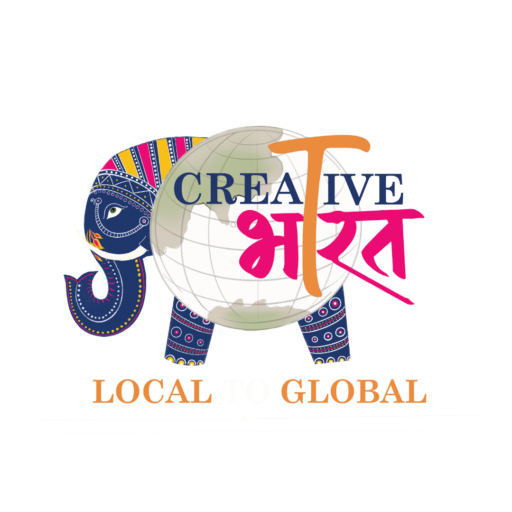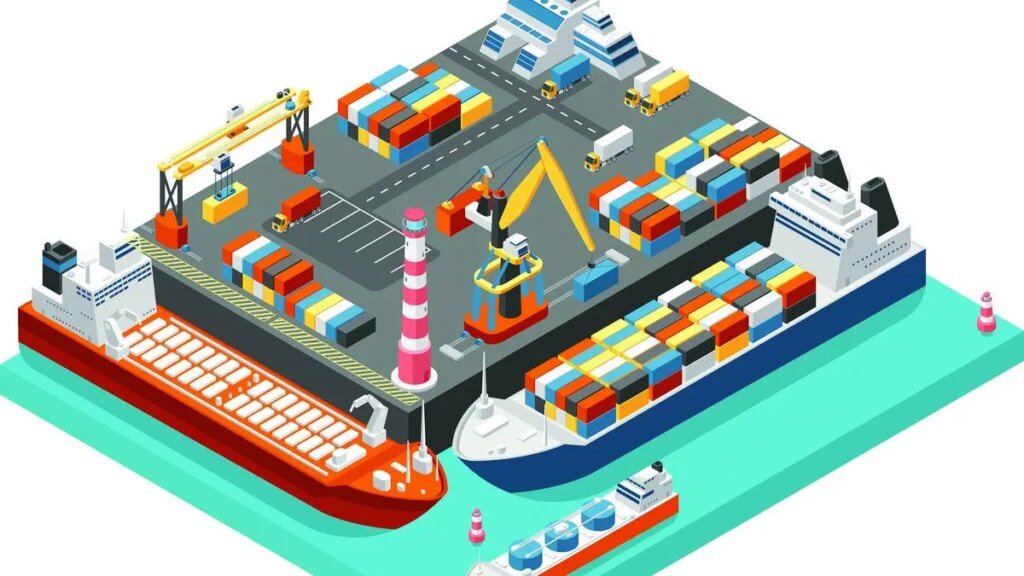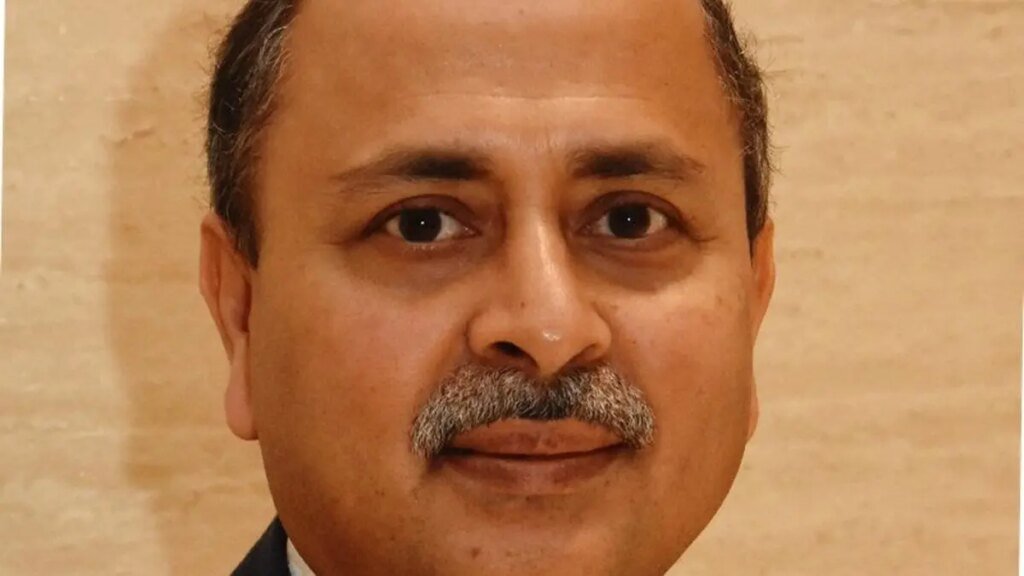Global Hunger Index: India’s Improved Ranking in 2024 Should Not Overlook the Lack of Critical Data on Nutrition
One of the biggest ironies of present times is that a substantial number of people still go hungry, without the required calorie and nutrient intake, often because of income disparities and circumstances that are beyond their control. In an era when most nations have achieved food sufficiency barring those that are chronically conflict-ridden, the gap between those who have little or insufficient access to food and those who have too much has increased, particularly in the past few decades.
The findings of the latest Global Hunger Index (GHI), a tool to measure and track hunger at global, regional and national levels, are a pointer to the sorry state of affairs. The index, which ranks and allots scores to countries, is based on four indicators─undernourishment, child wasting, child stunting and child mortality. The higher the rank, the worse off is the country. The data for calculating the index are sourced from internationally recognised institutions such as those falling under the ambit of the United Nations (Food and Agriculture Organization, World Health Organization, Unicef) and authorised government surveys. The GHI report is a collaborative effort of Welthungerhilfe, Concern Worldwide and the Institute for International Law of Peace and Armed Conflict.
The FAO defines hunger as food deprivation or undernourishment, that is, a condition where the food consumed does not provide the dietary energy for an individual to lead a healthy and productive life. The undernourishment indicator reflects the overall food access situation for the entire population, while wasting and stunting are more specific indicators of malnutrition in children. All the indicators are related to nutrition and used for measuring international hunger targets; for instance, the zero-hunger goal of the Sustainable Development Goals of the United Nations. Child mortality is the most serious consequence of hunger, states the GHI report.
India’s GHI score of 27.3 is still “serious”
India’s 2024 GHI score is 27.3, considered “serious” according to the GHI Severity of Hunger Scale. This is a slight improvement from the 2016 GHI score of 29.3, also considered serious, and shows considerable improvement relative to the 2000 and 2008 scores of 38.4 and 35.2, respectively, both considered alarming. India is ranked 105th out of 127 countries in the 2024 GHI report, against 111th in the report of 2023. India’s child wasting rate is at 18.7 per cent; child stunting, 35.5 per cent; prevalence of undernourishment, 13.7 per cent; and under-five mortality rate, 2.9 per cent.
The report notes that India has significantly improved its child mortality rate since 2000, though it still has the highest child wasting rate and the 14th-highest child stunting rate. The stunting rate has reduced notably since 2000. Yet, both measures of child undernutrition remain very high in terms of their public health significance. While undernourishment has improved since 2000, there has been a slight increase in the prevalence of undernourishment in recent years, according to the report.
Also Read | Despite India’s low ranking in the Global Hunger Index, Modi government is hesitant to address the issue
Data from India have always generated curiosity, more so because of the strong rebuttal that the government has issued in the past with regard to the country’s position in the index. From 2021 onwards, New Delhi has been questioning the methodology, the sources of data and the GHI’s reported inability to factor in government initiatives such as the Poshan tracker, an application that keeps track of services provided by Anganwadi centres run under the Integrated Child Development Services (ICDS). The tracker, which is part of the Poshan Abhiyaan or the National Nutrition Mission campaign, enters the height and weight of children in the 0-6 age group at the centres, estimates the number of children suffering from severe acute malnutrition (SAM), and records other child health indicators. It also lists ICDS beneficiaries such as pregnant women, lactating mothers and adolescent girl children.
No reaction from government this time
Curiously, there has been no reaction to the GHI report from the government this time, even though the results, despite a slight improvement in India’s ranking, are not really flattering. The report includes, only for India, a separate Frequently Asked Questions (FAQ) section that deals with the questions that the government and its apologists raised in the past with respect to India’s ranking. When contacted,
Miriam Wiemers, senior policy adviser of the GHI, confirmed that the section was exclusive to India. When asked whether the latest consumption data from India was used in deriving hunger estimates, she replied in the affirmative.
Wiemers, who is one of the lead authors of the report, explained: “We have a global FAQ on the GHI in the report and on the website, and we prepare briefings for colleagues in various countries as needed. Owing to the particularly strong interest in the country, India is the only country for which we have regularly produced a tailored FAQ for several years now and made it publicly available. We continue to monitor the development of the Poshan tracker and its potential inclusion in the current GHI data sources for all countries, namely the Joint Malnutrition Estimates Joint Data Set of the WHO, the World Bank, and Unicef and/or the WHO Global Database on Child Growth and Malnutrition. The GHI can only be as accurate as the underlying data. We, therefore, appreciate efforts to ensure regular and adequate collection and publication of food and nutrition security data. The availability of consumption data has allowed for a more adequate estimate of the prevalence of undernourishment values. In the compilation of the stunting and wasting values, we prioritise and use survey estimates that have been vetted for inclusion in the Joint Malnutrition Estimates and/or the WHO Global Database on Child Growth and Malnutrition, wherever possible. For India, the latest available survey data referenced in those databases is the NFHS-5 [National Family Health Survey-5] data. Once new survey data is available in the JME [Joint Child Malnutrition Estimates], we will consider it in the next edition of the GHI.”
Highlights
- India marginally improves its GHI score in 2024: 27.3, which is still “serious” but marginally better than the 2016 score of 29.3.
- The improved score may be because FAO had access to India’s household consumption survey data of 2022-23.
- The government, which since 2021 has been questioning GHI methodology, has not reacted to the 2024 report.
FAQ section deals with India’s concerns about methodology
The FAQ section on India has 15 questions. The Indian government, as reported in Frontline earlier, has maintained that the GHI is a flawed measure of hunger. After the GHI for 2023 was released, a press release said that three of the four indicators pertained to the health of children and could not be representative of the entire population. The findings on the prevalence of undernourishment (PoU) were based on a very small opinion poll, the government said. The SOFI [State of Food Security and Nutrition] 2023 report that had pegged India’s PoU at 16.6 per cent was based on the Food Insecurity Experience Scale Survey (FIES), which, according to the Indian government, had a small sample size. This, the government said, was not only “wrong and unethical but reeked of obvious bias”.
Stunting and wasting, the press release said, were outcomes of complex interactions of factors such as sanitation, genetics, environment and utilisation of food intake, apart from hunger. A section of academics supported the government’s position, arguing that Indian children were genetically different and hence growth yardsticks should be different for them.
Food being distributed outside a temple in New Delhi’s Chandni Chowk in 2017.
| Photo Credit:
V. Sudershan
This position was reiterated during the monsoon session of Parliament this year. Women and Child Development Minister Annapurna Devi told the Lok Sabha that the GHI was a flawed measure of hunger and did not truly reflect India’s situation. She claimed that the Poshan tracker had measured 8.5 crore children in the zero-to-six cohort, where 35 per cent were found to be stunted; 17 per cent underweight and 6 per cent wasted. Interestingly, the latest GHI figures on stunting is more or less the same as that of the Poshan tracker findings cited by the minister, though the “wasting” figures are higher in the GHI report.
Perhaps anticipating a strong response and denial of the findings from the government, the FAQ section explains in detail how the GHI is calculated, what data were used, and why data from the Poshan tracker were not used. It also lays the ground for cross-checking the authenticity of the data used. The authors say that they would be glad to include the tracker data for future editions of the GHI once they are included in the Unicef-WHO-WB Joint Estimates Joint Data Set including Survey Estimates and or the WHO Global Database on Child Nutrition. The section also explains why India’s PoU value was lower in 2024 than in the previous year. The PoU data of 2023, it says, were sourced from the FAO’s State of Food Security and Nutrition in the World report. This time, the FAO’s Statistics Division had gained access to micro data (like household consumption surveys) from all countries, including India, for both 2011-12 and 2022-23.
The FAQ section explains that growth in gross domestic product (GDP) does not automatically translate into improved food and nutrition security among the entire population. On the other hand, child undernutrition is linked to poor nutritional status of mothers. The section explains why three out of four indicators used in the GHI calculation pertain to children: children are particularly vulnerable to nutritional deficiencies, which puts them at high risk of disease and death. Child mortality, according to the GHI authors, shows that death is the most serious consequence of hunger. Malnutrition accounts for more than two thirds of the deaths of children in India, the section says.
The Indian government has for some years been rubbishing the GHI’s PoU data. The FAQ clarifies that PoU is calculated on the basis of the per capita availability of food, data for which are sourced from food balance sheets based on data reported by member countries, including India.
As for the claim that wasting and stunting rates are high among Indian children because of genetic reasons, GHI authors say wasting and stunting figures are based on internationally recognised Child Growth Standards of the WHO, which are based on the WHO’s Multicentre Growth Reference Study.
Also Read | India’s hunger games: Denying data won’t feed the masses
In response to the criticism that the GHI report does not factor in various interventions by the government, the FAQ section lists the multiple schemes and programmes including the Poshan campaign and praises some of them. It also offers solutions like improved access to social security schemes, cash transfers, universal Public Distribution System and the ICDS. Campaigns by functionaries such as Anganwadi workers and other scheme-based workers have shown proven results.
Anganwadi workers in the fight against child undernourishment
According to the government’s own “Poshan tracker universe”, Anganwadi workers and helpers are “at its centre” and “are helping in making India malnutrition free”. On Independence Day, the government invited 300 Anganwadi workers as special invitees for the celebrations in Delhi. Frontline spoke to some Anganwadi workers and supervisors to get a sense of what was happening on ground. The ICDS, most of them said, was in a bad shape and the Poshan tracker was barely functional. The linkage of Aadhaar to beneficiaries had allegedly resulted in the exclusion of almost 60 per cent of eligible ICDS beneficiaries. They also lamented that they were expected to assist other government departments in addition to their ICDS work for a measly honorarium. Their workday can stretch to almost 12 hours and they are not entitled to any pension or social security. Incidentally, the All India Federation of Anganwadi Workers and Helpers registered strong protests when the ICDS budget this year was slashed by Rs.300 crore.
NFHS-5 shows that Uttar Pradesh has the highest percentage of stunted children among States. Bahraich, Badaun and Sambhal had the worst rates of stunting among the 10 districts in the country with the highest rate of stunting among children.
“Wasting, stunting, hunger, and undernutrition are issues that need to be tackled on multiple fronts and one cannot take solace from a marginal improvement in the index ranking.”
Veena Gupta, president of the Uttar Pradesh unit of the Anganwadi federation, says no cooked food is given at the Anganwadi centres in the State even though it is given in the rest of the country. The ICDS beneficiaries are given dry rations from the public distribution outlets on the basis of assessments made by Anganwadi workers. She said: “There is no arrangement at all. No gas connection. No utensils. We gave a representation to the NCPCR [National Commission of Protection of Child Rights] and even the NHRC [National Human Rights Commission] that hot cooked food should be given to children in the 3-6 age group, pregnant women and lactating mothers, and adolescent girls. This is one big reason for malnutrition in the State.” She said that during the first 13 months after the Yogi Adityanath government was sworn in in 2018, no rations were given.
Gupta said children in the SAM category should be given extra rations as what is provided is generally used by the whole family. Stressing the importance of adequate nutrition for adolescent girls, she said the ICDS programme for this category was not being implemented in Uttar Pradesh.
The biggest problem seems to be the linking of Aadhaar to the beneficiaries. “Only 40-50 per cent get registered on the Poshan tracker. The rest get left out because of lack of documents. So the feed that is supplied comes only for that many children. The phones that were given to instal the Poshan app have ceased working. The workers are told to use their personal phones and do the tracking. There is manipulation, too, in data that are entered. What is required is real-time data, which is not the case most of the time,” she said.
During the COVID years, many Anganwadi centres were shut down. Gupta estimated that close to one lakh centres remained closed in the State. According to information available with ICDS district offices, as of October 2024, 410 posts of Anganwadi workers were vacant in Bulandshahr; 625 in Balrampur; and 249 in Gonda district. Gupta said she got no response to an RTI application that she had filed seeking information about the total number of vacancies in the State.
Also Read | 2.4 billion hungry lives: The new face of urban food insecurity
In the national capital, things were not very different. An Anganwadi supervisor, on condition of anonymity, gave harrowing details of conditions in slum areas. She also said that there were problems in enrolment on the Poshan Tracker Application (PTA) because the phone numbers of beneficiaries as given in their Aadhaar cards did not match what was there on the application. “The mobile numbers they had given at the time of getting their Aadhaar number are defunct because of various reasons. Our beneficiaries are slum dwellers and many of them are migrants. We cannot provide services, including supplementary nutrition, if they aren’t registered in the application,” the supervisor said.
She said that undernourished children do not get regular checks-ups by government doctors. “There is only one dispensary in our area. There is no ‘auxiliary nurse midwife’. We are not experts. We can only recommend looking at basic indicators of height and weight. The doctors have to certify that a child is severely malnourished and needs supplementary nutrition. But their behaviour is so bad that people do not want to go. Anganwadi workers also need proper training on how to check weight and height. I raised these issues with the Child Development Officer. There is a shortage of medicines and iron tablets for SAM children. The mothers also need counselling, but nothing is done. That is why many children do not recover from their malnourished status,” she said. She also shared there was no monitoring by anyone, the Centre or the State. Periodic visits were, however, made by WHO officials.
The government’s silence on the latest GHI report is noteworthy. There is speculation that this is because of India’s improved ranking. Yet, wasting, stunting, hunger, and undernutrition are issues that need to be tackled on multiple fronts and one cannot take solace from a marginal improvement in the index ranking. This is where data become crucial. However, it is disheartening to note that the sixth round of the NFHS has been delayed for no apparent reason. More than optics, it is the will and policy direction that matters when it comes to hunger management.




